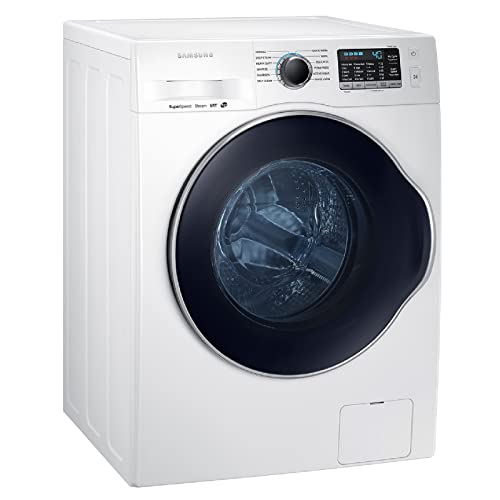Disclosure: This post may contain affiliate links, meaning we get a commission if you decide to make a purchase through our links, at no cost to you. Please read our disclosure for more info.
Laundry always feels like the one chore that takes the most out of a person’s time, money and energy. A large amount of water and electricity is needed to run the washer and dryer in the laundry room. Also, if the person is using an older model, then the machines are not as energy-efficient as the newer models available.
Today, people are becoming more aware of the need to conserve energy and use environmentally friendly products to preserve and protect the Earth’s natural resources. While recycling packages and running less water are good ways to accomplish this task, most people don’t realize that by changing the way they do the laundry, it can have a positive conservation impact while allowing them to cut down on laundry costs.
In This Post:
Energy-Efficient Washers and Dryers
Washers and dryers are large appliances that people are reluctant to upgrade to newer models. “If it’s not broken, don’t fix it” is the mentality of most people. But just because the machines aren’t broken doesn’t mean you’re saving money. In fact, you could be losing it.
While browsing through the price tags, most washing machines and dryers carry hefty expenses. But if people are willing to pay the higher price, they can start saving money over the long run every time they use the washing machine. Newer machines have energy-efficient features that allow people to wash larger loads while using less water, such as front-loading washers.
By switching to an energy efficient washer, people can save as much as $30 to $40 a month on water bills. When a person has a large family and very high water bills, these savings can be significant.
Wash Full Loads at the Right Settings
Washing and drying full loads will save people more money than washing small loads. When people wash small loads, they’re spending more time and energy using the machines. Larger loads cut down on how often people are doing the laundry, which also cuts down on the wear-and tear of the machine.
Using the dryer consecutively can also save people money. It takes the machine less time to heat up when drying several loads one after the other. It can use the residual heat from the last load to quickly reach the right temperature to dry the next load.
In addition to washing full loads, using a lower water temperature can also cuts back on heating costs. Hot water kills bacteria that can grow on moist, wet clothes. So people should always wash their underwear, towels and bed sheets in hot water. All other laundry can be washed in cold water.
Use Detergent the Right Way
Laundry lines on detergent caps tell people how much detergent is required to wash laundry based on the size of the load in the machine. No lines are ever located at the top of the detergent cap. Always use the correct amount. Using too much is wasteful and forces people to buy more detergent.
Laundry costs can also be lowered by making detergent and laundry softeners at home. By using borax, water, grated ordinary bar soap and washing soda, people can make a laundry detergent to clean their clothes. In addition, add white vinegar to the final rinse cycle to lessen static cling while adding all-purpose baking soda to soften sheets and towels.
Save Money Every Laundry Day
By using energy-efficient machines, the right amount of detergent and fuller loads, the savings will add up. You’ll use less water, detergent and electricity during laundry day. Enjoy doing the laundry with these tips to do laundry properly.
Can’t afford a new washer & dryer? Buy appliances now, pay later!



